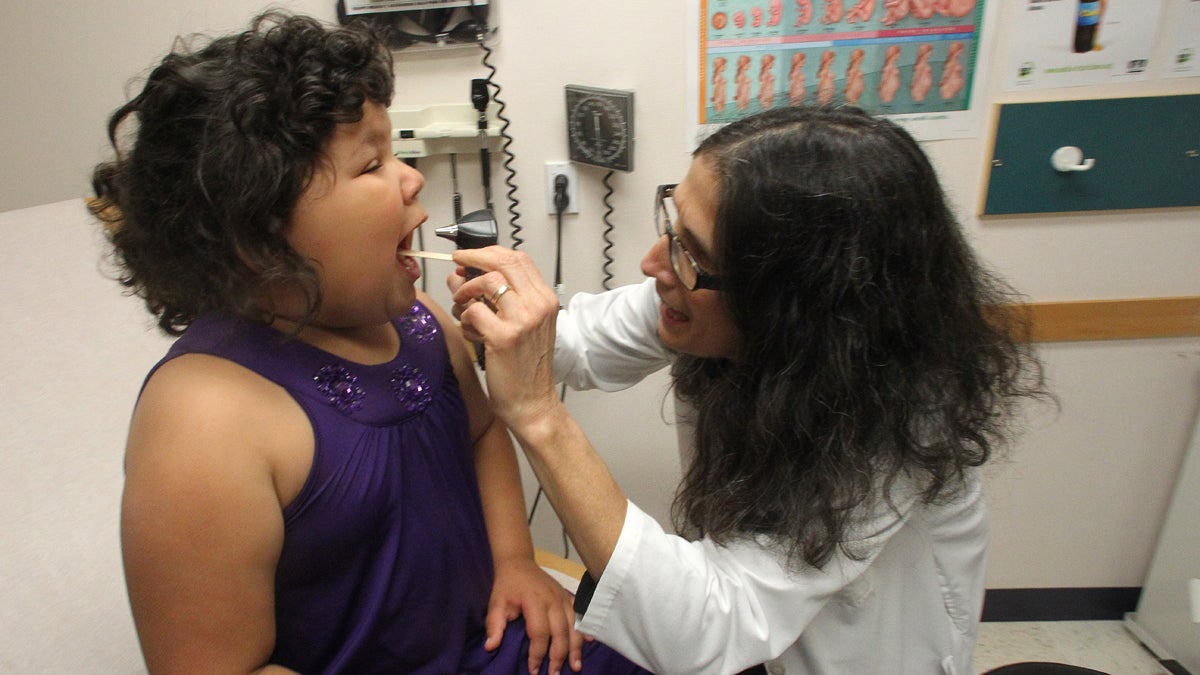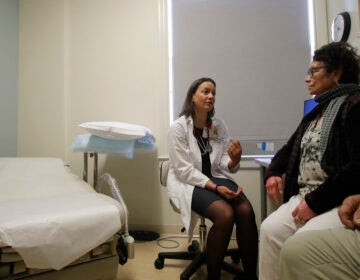Delaware sees decline in primary care doctors
It’s getting more difficult to find a primary care doctor in Delaware, especially in the southern part of the state.
Listen 1:14
A University of Delaware study has found a 6 percent decline in the number of Delaware primary care doctors providing direct patient care from 2013 to 2018. (Rick Bowmer/AP, file)
It’s getting more difficult to find a primary care doctor in Delaware, especially in the southern part of the state.
A new study has found a 6 percent decline in the number of Delaware primary care doctors providing direct patient care from 2013 to 2018. The University of Delaware survey was commissioned by the state Department of Health and Social Services. Although the state is above the 2,000 patients-per-doctor ratio the federal government uses to identify areas with a physician shortage, experts say the state’s average is not good.
“There’s been a rapid decrease in the number of physicians or physicians decreasing the number of patients within their own practice,” said Dr. Nancy Fan who chairs the Delaware Health Care Commission. “It’s made it kind of difficult, actually very difficult, for access to a primary care physician.”
As the number of doctors decline in the state, the state’s aging population — particularly in southern Delaware — will worsen the problem.
“It’s probably more magnified in Sussex County because they have a lower number of physicians to begin with,” Fan said. “It’s also an older population who tends to probably need more preventive care.”
Not only are patients getting older, the state’s doctors are graying as well. One quarter of doctors in Kent County are 65 and older, and only 60 percent of all Kent doctors say they’ll still be practicing five years from now.
Part of the problem is the compensation primary care doctors receive, says Medical Society of Delaware president Dr. Andrew Dahlke. “There’s a real problem with physician burnout, especially in the primary care venue because of how hard they have to work and how little they’re reimbursed.”
He said the major insurers reimburse primary care doctors only between 65 and 85 percent of what Medicare provides. That Medicare level is “what you can barely tread water and survive on,” Dahlke said. “It’s tough, medical economics makes almost no sense.”
Last year, the General Assembly created the Primary Care Collaborative to improve access to primary care doctors in the state. The legislation also required insurers to reimburse primary care doctors at the Medicare rate for the next three years. The group is expected to issue a report with long-term recommendations soon.
“If something is not done immediately, these numbers will only get worse,” Fan said.
WHYY is your source for fact-based, in-depth journalism and information. As a nonprofit organization, we rely on financial support from readers like you. Please give today.





